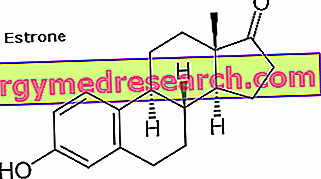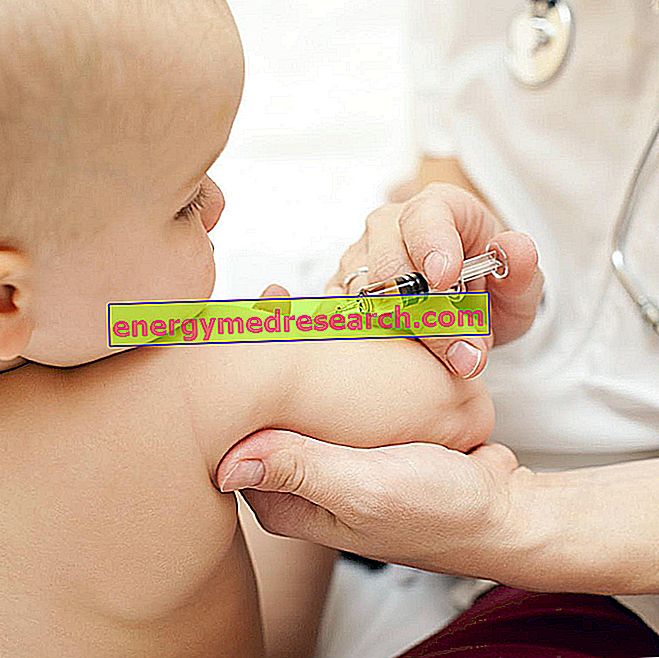Related articles: Epitrocleite
Definition
Epitrocleite, more commonly known as "golfer's elbow", is an inflammation of the tendon complex, and the related muscles, which originate from the epitrochlea of the elbow and are inserted on the forearm, wrist and hand. These structures usually serve to rotate the inside of the hand and the forearm (pronation) and to flex the wrist and fingers.
Epitrocleitis is usually caused by functional overload of the epitrochlear muscles and / or tendon degeneration. Any activity that involves the application of force in the elbow or vigorous flexion of the forearm may predispose to the disorder. In many cases, in fact, epitrocleite manifests itself in people who carry out construction work or are subjected to the stresses of the pneumatic hammer. Furthermore, it can affect those who practice sports such as golf, javelin throwing and tennis (in particular, if the racket is too heavy, has a small handle or heavy balls are used).
Most common symptoms and signs *
- Elbow pain
- Hand and wrist pain
- Arm pain
- Articolar pains
- Tingling in the right arm
- Tingling in the Left Arm
- Joint stiffness
Further indications
The most frequent symptom of epitrocleitis is medial pain in the elbow (felt in the inner part of the forearm). Pain is exacerbated by movement, particularly during flexion of the forearm muscles or pronation of the wrist (the rotation of the forearm that is accomplished by unscrewing using a screwdriver with the right hand) against a resistance. Epitrocleitis most frequently affects the dominant limb, with a higher incidence in males.
The diagnosis is predominantly clinical and uses provocation tests. The patient, in particular, is asked to flex his wrist or to rotate it inward against the resistance placed by the doctor's hand; in the case of epitrocleitis, this gesture evokes pain around the area of the epitrochlea.
Instrumental investigations (eg radiography, ultrasound and magnetic resonance) may be used to exclude other causes of pain in the elbow.
Treatment is symptomatic and includes rest, ice, anti-inflammatory drugs and shock wave therapy. In some cases, corticosteroid infiltration may be indicated in the area around the tendon, while surgery is considered after at least 9-12 months of ineffective conservative treatment. Surgical techniques to treat epitrocleitis involve the removal of scar tissue and repair of damaged tissues. In any case, the return to the activity must be gradual.



